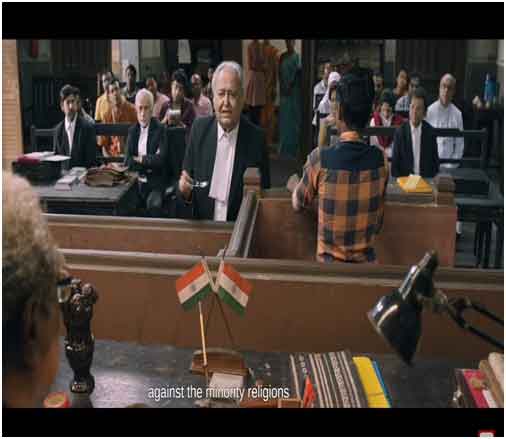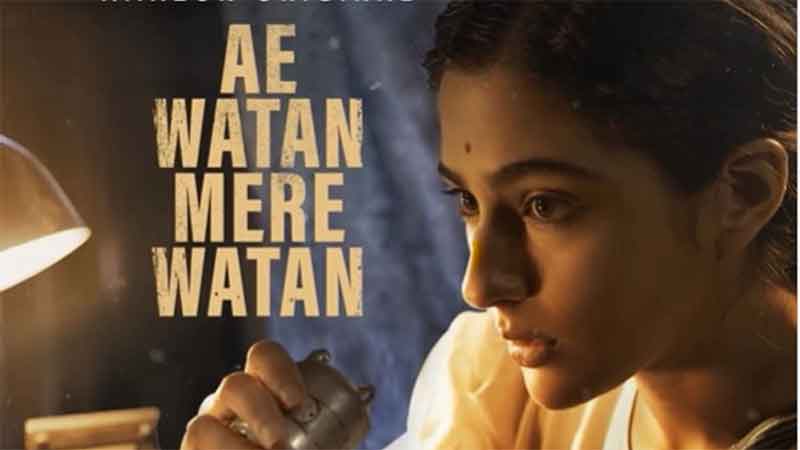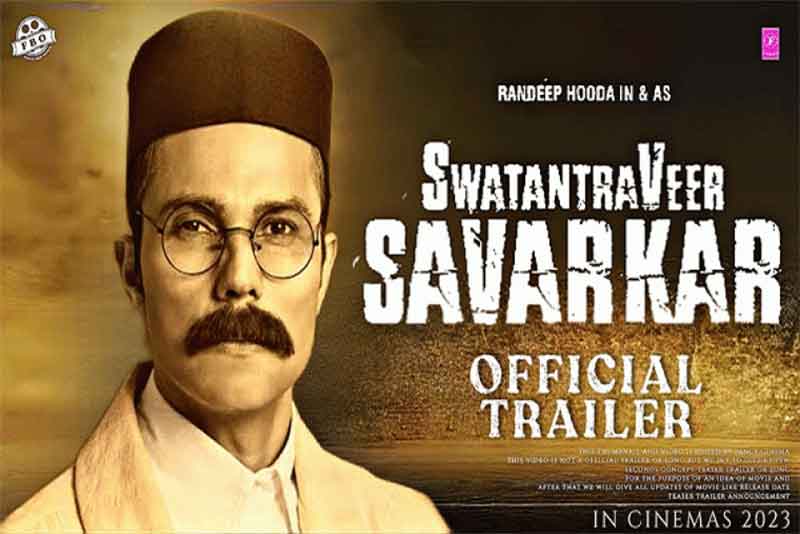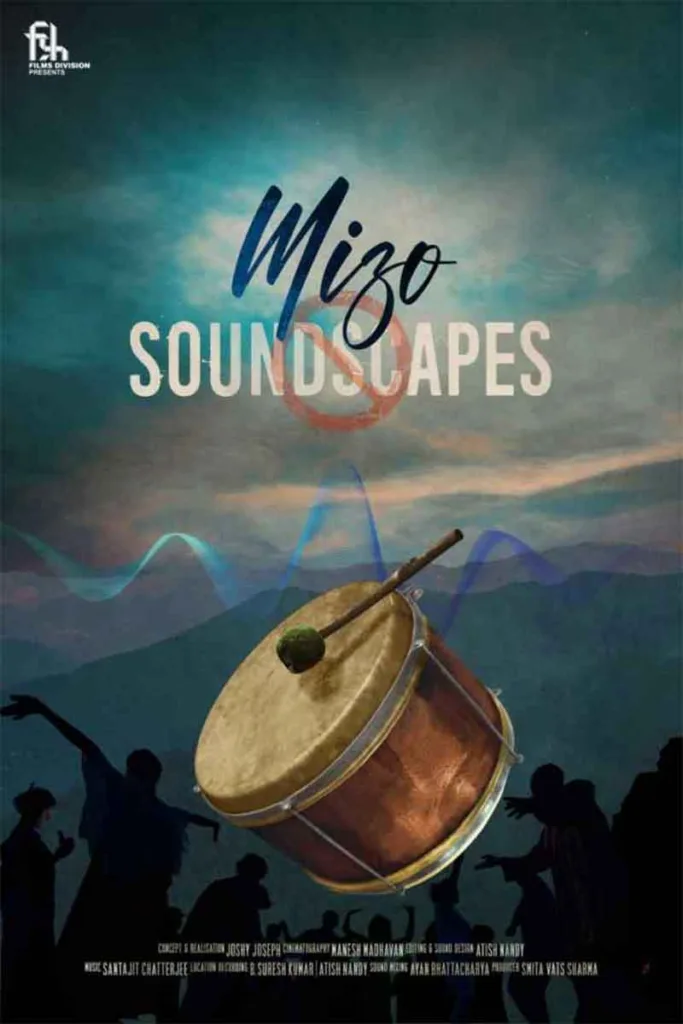Saibal Mitra’s film A Holy Conspiracy is a definitive document of some of the important ideas competing for India’s soul today.

In a little town called Hillolganj, the science teacher in a church-run school is suspended from his job. The school/church management believes he had disobeyed a vital injunction: not to teach the biology class Darwin’s theory of Evolution without first expounding the Bible’s story of Genesis. His colleagues protest against what they think is unfair punishment. A fracas ensues, and there is violence. Some school property is ransacked. The school now dismisses the teacher from his job and has him arrested by the police. Authorities proceed to criminally prosecute the man for disturbing the peace, instigating violence – and ‘for spreading Maoist propaganda’. As the case opens in the local court, two heavyweights of the legal profession find themselves pitted – fortuitously — against one another. One of them is a practising Christian, indeed an ordained clergyman, widely recognised as a redoubtable defender of the faith in many legal battles. He is a member of parliament, too. The other man, once one of the country’s best-known human rights lawyers, is now settled in quiet retirement in a village near Hillolganj. He had given up on the law out of frustration at how slowly the wheels of justice turn in the country, but is now brought around to defending the accused by the dogged persistence of a newspaperman who had first broken the story. Also some of the former teacher’s colleagues. Saibal Mitra’s new film A Holy Conspiracy is a narrative of the courtroom drama that follows, at the end of which the judge – seemingly against the run of the proceedings – pronounces the accused not guilty. The conspiracy to frame the man for imaginary offences comes unstuck – for now.
The film’s storyline was adapted from the script of the 1960 Hollywood movie Inherit the Wind (director: Stanley Kramer; starring: Spencer Tracy and Fredric March), which in turn was based on the eponymous 1955 Broadway play directed by Jerome Lawrence and Robert Lee. Both those works drew their inspiration from the landmark 1925 trial in a Tennessee federal courthouse that has gone down in history as the Scopes ‘Monkey’ Trial. John Scopes was a teacher of biology in a Dayton, Tennessee public school who had flouted Tennessee state law prohibiting the teaching of Evolution theory in government-funded schools. The ensuing legal battle featured two of America’s best-known public personalities. Clarence Darrow, arguably the US’s foremost attorney, defended Scopes against the prosecution which was helmed by William Jennings Bryan, a famous evangelical publicist, lawyer and politician who had run thrice for US president, albeit unsuccessfully. It was an intensely fought contest, and though, in the end, Scopes was expectedly convicted, the lengthy legal and epistemological arguments enormously impacted the great debate around science versus faith that raged across the country. In course of his presentations, Darrow had taken the unprecedented step of asking Bryan to be himself a witness, so that he could be examined on the Bible’s teachings and their modern-day interpretations and relevance. To everyone’s surprise, Bryan had agreed, and a fascinating debate about the supposed primacy of faith or the individual’s right to question given wisdom had come to pass. A Holy Conspiracy follows this storyline meticulously – except to acquit the teacher in the end, somewhat unconvincingly, as we have noted already. But this story serves as Mitra’s point of departure for a more layered, more nuanced narrative which foregrounds some of the most vexing intellectual, social and political questions exercising India’s imagination today. And this makes A Holy Conspiracy an extraordinarily important film by an Indian filmmaker in recent years.
Mitra’s script introduces several crucial new elements to the original faith-versus-science debate. One, his protagonist Kunal Joseph Baske is a Santal, a tiny ethnic minority comprising less than one percent of the country’s population which has seen scant educational and livelihood opportunities come their way. Indeed, Santals are a largely disenfranchised community whose cultural and social identity is almpst wholly unrecognised by the majority. Christian missionaries have sought to provide them succour, but may in the process have really deracinated them. The wider society’s deep-running distrust and neglect of this indigenous community is brought out with great lucidity here. Secondly, the film posits a deeply troubling political nexus between Baske’s accusers and the regime in power, so that the original charge against him of disrespect to a religious edict is conflated with political subversiveness. This conveniently makes a religious non-conformist a political rebel — a ‘Maoist’, no less. Third, the regime’s sinister cultural agenda is shown to be a function of its politics. Its antipathy to Baske was exacerbated by his reluctance to teach a book on Vedic Science which was recently sneaked into the school curriculum, probably against the wishes of the school management. The book makes outrageous claims about the purported golden age of native Indian science, an age that puts the achievements of modern science in the shade. As a man of science, Baske could not countenance this travesty as a teaching aid. Fourthly, the regime is seen as unmistakably aligned with Hindutva. It organises semi-religious processions of belligerent men who stomp intimidatingly through localities chanting Jai Shri Ram. A man, elaborately fitted out as Lord Ram, sits through much of the courtroom proceedings, presumably keeping an eye on what the different participants have been doing or saying. At other times, he is seen snooping around the court area. Finally, the regime – represented here by the pradhan of the local panchayat, clearly comes across as having a very long reach. Its presence is menacing, if often shadowy. The school principal as well as the pastor confess they did not wish to press criminal charges against Baske, or to sack him, but that they didn’t have a choice. In the courtroom, when it looks as though the defence counsel is about to summon telling witnesses, a note is sneaked to the judge asking him to disallow all defence witnesses – and the judge promptly obliges. All told, A Holy Conspiracy manages to enlarge the core debate around reason versus faith to take in such critical components as hegemony, political power and the insidious links between that power and the dominant cultural narrative.
Much of the film’s runtime is taken up with the very elaborate, at times a tad verbose, debates between reason and unreason, faith and science and homogeneity and individual rights. Potentially, these scenes could have been a drag, but the presence of two of India’s finest dramatic actors – Naseeruddin Shah and (the late) Soumitra Chatterjee – has pulled off a near miracle. The courtroom remains a riveting spectacle. Actors playing the minor parts do their job competently. As the somewhat loudmouthed journalist, Kaushik Sen stands out from most of the rest. The camera is handled well, the eerie night-scenes adding the right touch of tension. The editing is adequate to the story’s needs, as are the English subtitles of this multilingual film. The background score, though, could have been improved: it jars at times. Overall, this is outstanding cinema.
Where Mitra goes wrong is the abruptness with which the judge drops all charges against Baske. That is counter-intuitive. Also, by injecting a rather false note of buoyancy, it weakens the film’s otherwise unambiguous messaging. Hillolganj is obviously India’s surrogate, and a wishy-washy ending leaves us a little uncertain about what Mitra was getting at.
Unless that sequence is the censor’s gift to an otherwise combative political film. But even if it is, the censors here have done a shoddy job of their primary mission – which typically is pleasing their political masters. Which regime loves to find its censors nodding over their duties?
Anjan Basu can be reached at [email protected]
















































